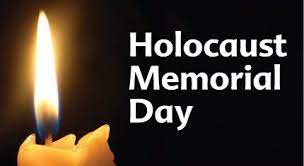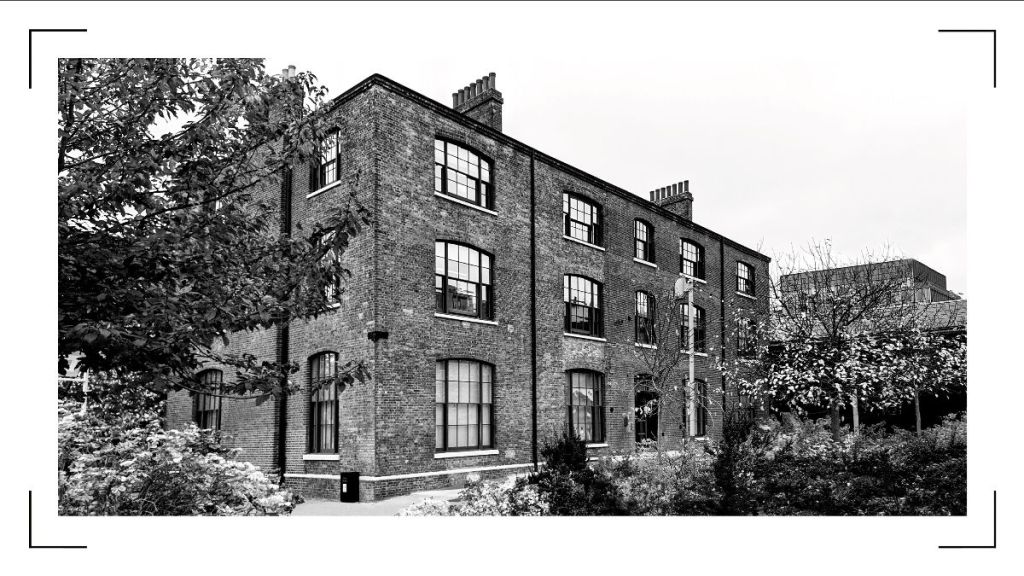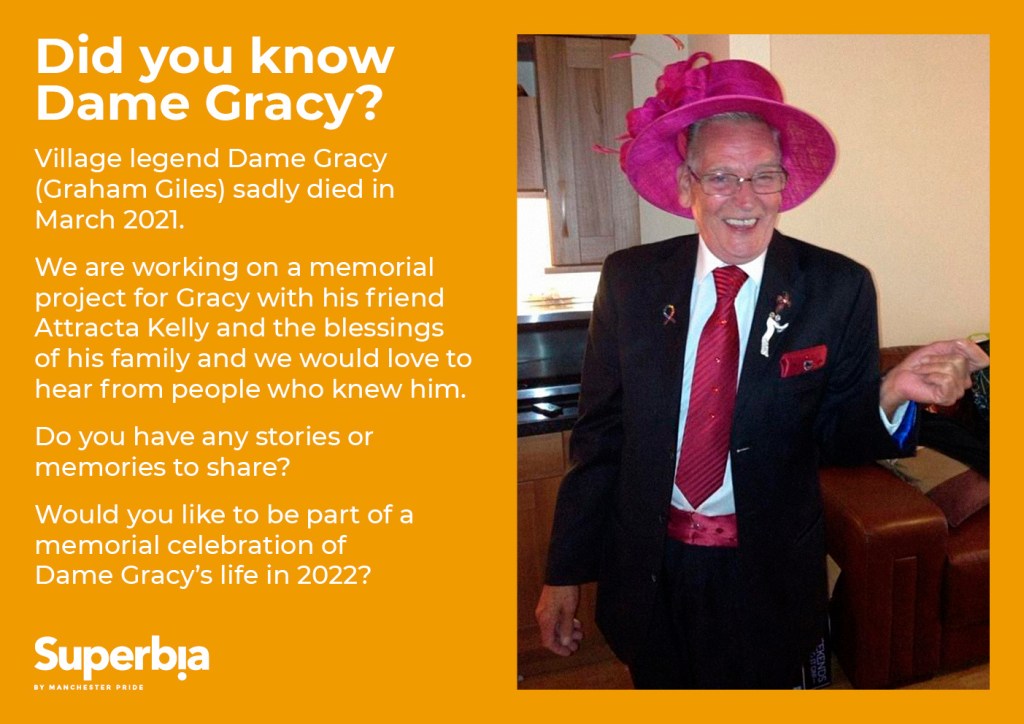International Day of Commemoration in Memory of the Victims of the Holocaust

Holocaust Memorial Day is an annual observance to commemorate the victims of the Holocaust, the genocide of six million European Jews by Nazi Germany, alongside the millions of other people killed under Nazi persecution and in subsequent genocides in Cambodia, Rwanda, Bosnia and Darfur. In the UK it is observed on 27 January, the anniversary of the liberation of Auschwitz concentration camp in 1945.
Pink triangle
A pink triangle has been a symbol for various LGBTQ identities, initially intended as a badge of shame, but later reclaimed as a positive symbol of self-identity. In Nazi Germany in the 1930s and 1940s, it began as one of the Nazi concentration camp badges, distinguishing those imprisoned.
In Nazi concentration camps, each prisoner was required to wear a downward-pointing, equilateral triangular cloth badge on their chest, the colour of which identified the reason for their imprisonment. Early on, homosexual male prisoners were variously identified with a green triangle (indicating criminals) or red triangle (political prisoners), the number 175 (referring to Paragraph 175, the section of the German penal code criminalising homosexual activity), or the letter A (which stood for Arschficker, literally “arse fucker”).
Later, the use of a pink triangle was established for prisoners identified as homosexual men, which also included bisexual men and transgender women. Lesbian and bisexual women and trans men were not systematically imprisoned; some were, but were classified as “asocial”, wearing a black triangle. Prisoners wearing a pink triangle were harshly treated by other prisoners.

Willem Arondeus
Willem Arondeus was born on 22 August 1894 in Naarden in the Netherlands.
One of six children, Willem grew up in Amsterdam where his parents were theatre costume designers. When Willem was 17, he fought with his parents about his homosexuality. He left home and severed contact with his family. He began writing and painting, and in the 1920s was commissioned to do a mural for the Rotterdam town hall. In 1932 he moved to the countryside near Apeldoorn.

When he was 38, Willem met Jan Tijssen, the son of a greengrocer, and they lived together for the next seven years. Although he was a struggling painter, Willem refused to go on welfare. In 1938 Willem began writing a biography of Dutch painter Matthijs Maris, and after the book was published, Willem’s financial situation improved.
The Germans invaded the Netherlands in May 1940. Soon after the occupation, Willem joined the resistance. His unit’s main task was to falsify identity papers for Dutch Jews. On 27 March 1943, Willem’s unit attacked the Amsterdam registry building and set it on fire in an attempt to destroy records against which false identity papers could be checked. Thousands of files were destroyed. Five days later the unit was betrayed and arrested. That July, Willem and eleven others were executed.
Before his execution, Willem asked a friend to testify after the war that “homosexuals are not cowards.” Only in the 1980s did the Dutch government posthumously award Willem a medal.
Frieda Belinfante
Dutch cellist, conductor, and anti-Nazi resistance fighter, Frieda Belinfante was born into a musical family. She began studying the cello at the age of 10. She debuted professionally at age 17, and worked as a director of various ensembles.
In 1931 she was briefly married, although she explained to her husband that she was a lesbian. She had relationships with women throughout her life, keeping them private, but caring little about public opinion.

In 1937, she was invited to manage the Concertgebouw in Amsterdam, making her the first woman in Europe to conduct a professional orchestra. She continued to enjoy success in her career, appearing regularly on Dutch radio and conducting around Europe, but her work was cut short when Nazi Germany invaded the Netherlands.
Along with her friend, gay artist Willem Arondeus, she joined the resistance movement early on, creating forged documents for Dutch Jews. Belinfante, herself, was half Jewish. In 1943, to prevent the Nazis from checking forged documents against public records, she aided her friends in the bombing of the registration office in Amsterdam. The plan successfully destroyed 800,000 identity cards of Jews and non-Jews alike. Sadly, members of the resistance group, including Arondeus, were arrested and executed shortly afterwards.

For the next three months, Belinfante disguised herself as a man to evade discovery. She eventually escaped to Switzerland by crossing the Alps on foot, only returning to the Netherlands after the war.
In 1947, she came to the United States, where she resumed her musical career in California, forming and conducting the Orange County Philharmonic Society to great acclaim. But preferences for a male conductor and rumours about her lesbianism contributed to her dismissal from the orchestra in 1962.
Fifteen years later, Orange County would acknowledge her contributions by declaring a ‘Frieda Belinfante Day.’

Queer Britain
Queer Britain has secured its first physical home in Granary Square, King’s Cross, London, occupying part of a historic building owned by the charity, Art Fund.
Queer Britain moves in from 24 January 2022 and is working to throw open the doors to the public free of charge in the Spring and will announce further plans shortly.

The museum will be fully accessible via lifts and ramps and will always be free to visit but welcomes donations to support its work. When open, it will have four gallery spaces, a gift shop and office facilities, later to be followed by education and workshop spaces.
Joseph Galliano (he/him), director and co-founder, Queer Britain, said, “It’s time the UK had an LGBTQ+ museum, for all. And we are delighted to have found our first home in beautiful Granary Square with Art Fund as our first landlord. It’s a prime location, accessible to swathes of the country, and in a part of town with a rich Queer heritage.”
Lisa Power (she/her), Queer Britain trustee, said, “I’m really excited that Queer Britain is finally going to have a space to show what we can do and that we’re here for all the community, from old lesbian feminist warhorses like me to young queer folk of all genders and ethnicities. Queer Britain aims to tell our many and diverse histories, and now we have a home to do that from.”
Anjum Mouj (she/her), Queer Britain trustee, said, “The UK is finally getting the LGBTQ+ museum it deserves, to reflect and celebrate all our exciting and wildly diverse communities, whatever their sexualities, gender identities, backgrounds, ability or heritage. Community lives in unity.”
Jenny Waldman (she/her), director, Art Fund, said, “We’re delighted to welcome Queer Britain as our new tenants. Their exciting proposal for the first UK museum dedicated to exploring LGBTQ+ histories, people and ideas was warmly supported by our trustees, and we’re thrilled that our beautiful building in Granary Square will be home for the first phase of the Queer Britain museum. It promises to be an essential destination.”

Dame Gracy
Village legend, Dame Gracy (Graham Giles), sadly died in March 2021.
We are working on a memorial project for Gracy with his friend, Attracta Kelly, and the blessings of his family and would love to hear from people who knew him.
Do you have any stories or memories to share? Would you like to be a part of a memorial celebration of Dame Gracy’s life in March 2022? If so, please get in touch with greg@manchesterpride.com

